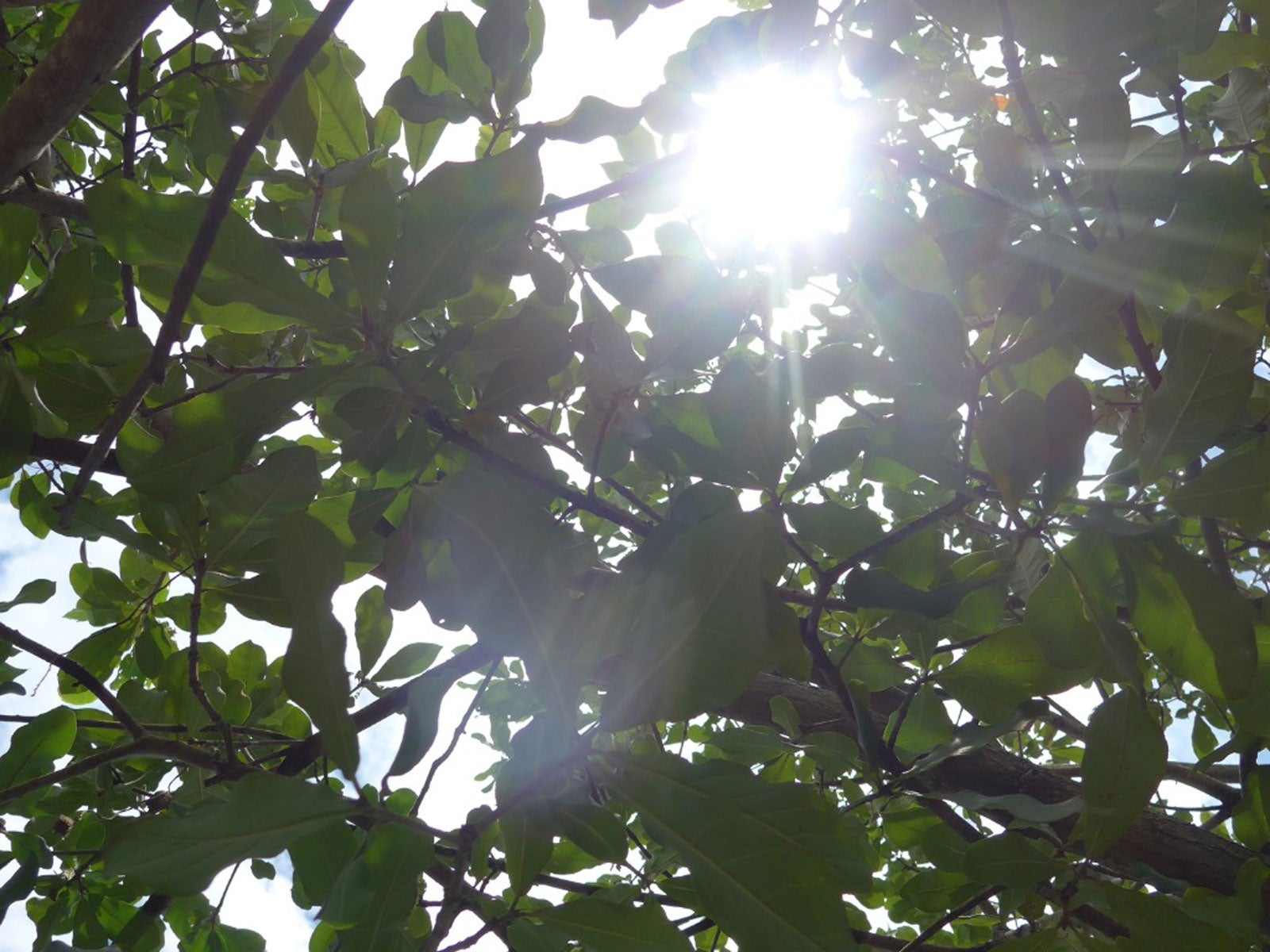Managing Shady Landscapes: How To Reduce Shade In Lawns And Gardens


Managing shady landscapes can be a challenge to the home gardener. Shade reduces the amount of solar energy lower story plants can absorb. In areas with heavy tree canopies, the soils may get very dry in summer. The most common fixes for too much shade involve pruning or tree removal. Removing trees is a drastic measure, which reduces wildlife populations and changes the entire character of the landscape. Learn how to reduce shade with a few quick tricks or learn to embrace the condition and turn it into an advantage.
How to Reduce Shade Effectively
Overly shady areas can be either boggy or overly dry. The lack of sun promotes water conservation and damp soils. Where trees cover a garden bed, soil can also be extremely dry. Either condition is not ideal for most plants. Reducing garden shade and allowing just a little more light into the area may be a quick fix. Most trees may have up to 25% of the canopy removed safely at one time. The remaining branches should make up 2/3 of the height of the tree. This means you can reduce height by 1/3. Prune using sharp implements and make cuts outside the branch collar to prevent damage to the parent wood. Pruning is one of the easiest fixes for too much shade, but you must repeat this annually. While it might seem like you should prune out the wood on the sunny side of the tree to let in light, this will result in an unhealthy plant. Balance the pruning cuts so the tree is not lopsided. Most trees just need to have broken and dead wood removed to let in sufficient light. In order to eliminate shade in lawns, tree removal may be necessary. Watch the play of light over the course of a few days to see which area is most affected and which tree is the main culprit. Contract a professional arborist for removal of the tree.
Reducing Garden Shade Plantings
Complete removal of trees is usually not necessary to let in some light to the area. Opening the canopy a little by judicious stem removal will allow some sunlight into the garden. Likewise, trees are not the only shade caters. Many garden plants, if not properly placed in the bed, can actually shade out other plants and flowers. You can further enhance the light plants need by layering the design during planting. Put taller plants at the back of the bed. Graduate the height of the plants to the front until you have the lowest growers. This not only allows light to get to the shorter plants, but also gives the best view of all the selections. Reducing garden shade even a little bit can increase the health of existing plants. Then you can consider replacing those that need full sun with some that thrive in partial shade.
Managing Shady Landscapes
Instead of considering a shady area a liability, why not try to turn it into an asset instead. For example, rather than eliminate shade in lawns, use it to your advantage. Grass grows poorly in shady areas but you can replace it with moss. Moss will not need to be mowed and just needs moderate moisture and shade to thrive. Moss grows from spores and will take over an area if the soil has moderate acidity. Make slurry by blending up moss and water and spray it over a prepared area. Provide even moisture and eventually it will spread and fill in the plot. You can also choose other types of plants that thrive in shady areas such as hosta, astilbe, ferns and some sedges to name a few. There are actually many plants that thrive in shade to create lovely shade gardens.
Sign up for the Gardening Know How newsletter today and receive a free copy of our e-book "How to Grow Delicious Tomatoes".

Bonnie Grant is a professional landscaper with a Certification in Urban Gardening. She has been gardening and writing for 15 years. A former professional chef, she has a passion for edible landscaping.